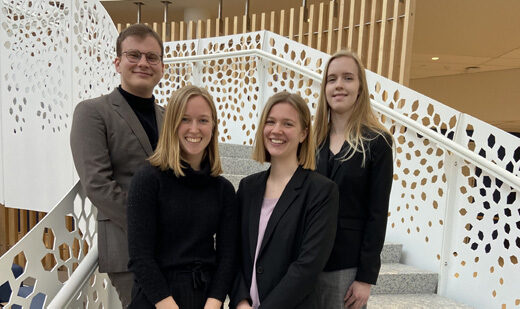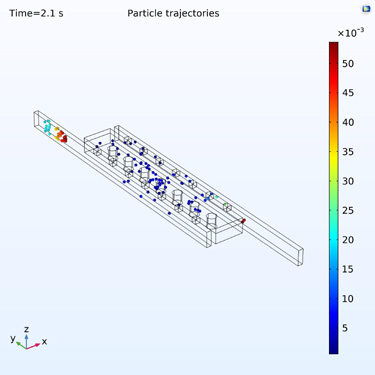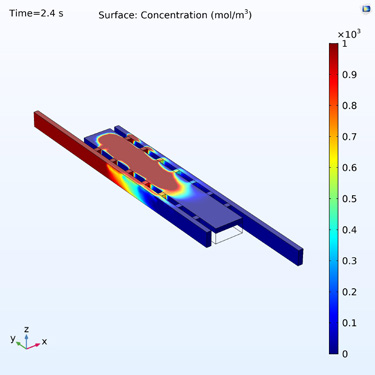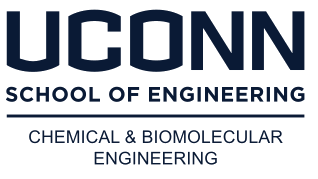
Figure 1

Figure 2

Chemical and Biomolecular Engineering
Team 22
Team Members |
Faculty Advisor |
Jakub Cholodecki |
Mu-Ping Nieh Sponsor Chemical and Biomolecular Engineering |
sponsored by

In 2018, 1.7 million people were diagnosed with cancer. Drug therapy is a common treatment for cancer. Since cancer cells respond uniquely to treatment, a personalized form is needed to find the correct drug therapy. Personalized 3D models are used to examine drug accumulation and uptake. Microfluidic devices provide an ideal platform for a 3D model of cancer cells since they have rapid fabrication and direct imaging of the tumors without use of animal sacrifices. Tumor-on-a-chip is a microfluidic device that we used to simulate the diffusion of nanoparticles through a tumor and its microenvironment. Nanoparticles are drug carriers known to selectively accumulate at tumor sites due to differences in permeability between healthy and tumor tissues. Our team predicted nanoparticle diffusion using finite element analysis. We controlled physical parameters such as flow rate, nanoparticle characteristics, tumor porosity and device geometry. The microfluidic devices were then fabricated and tested. Using fluorescence optical imaging, we were able to validate the simulated prediction. This tumor-on-a-chip can be applied for screening the nanoparticles through the evaluation of therapeutic efficacy and will revolutionize personalized medicine in the fight against cancers.
